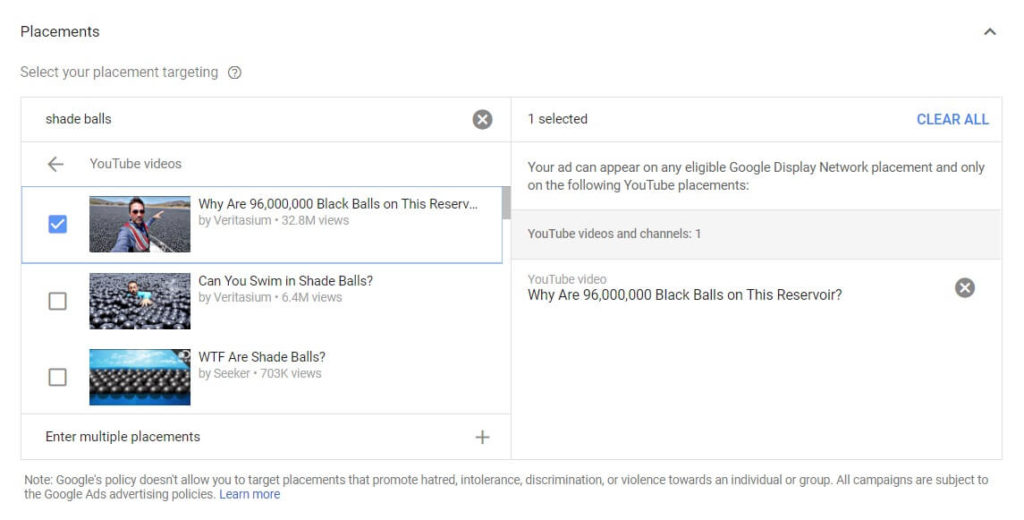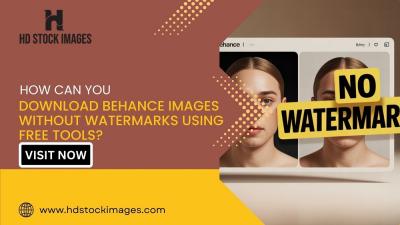YouTube TV has quickly become a popular choice for cord-cutters looking for a reliable streaming service. With its vast library of channels and on-demand content, many users are drawn to its convenience. However, as with traditional TV, advertising plays a significant role in the YouTube TV experience. Before diving into a subscription, it’s essential to understand how these ads work and what you can expect as a viewer.
Understanding YouTube TV's Ad Model

YouTube TV’s ad model is quite similar to traditional television, but there are some unique aspects to consider. First off, ads are typically shown during commercial breaks in live programming. This means that if you’re watching a live sports game or a popular series, you’ll see ads just like you would on cable.
Here’s a quick breakdown of how it works:
- Ad Breaks: During live broadcasts, expect to see multiple ad breaks. These can vary in length, but generally, you’ll see 2-3 minutes of ads at a time.
- Ad Types: YouTube TV features different types of ads, including video ads, display ads, and sponsored content. Video ads can sometimes be skippable, depending on the advertiser’s settings.
- Frequency: The frequency of ads can vary by channel and content type. Some channels may have more ads than others, especially during high-demand shows like sports events.
One of the standout features of YouTube TV's advertising model is its integration with YouTube's extensive data. Advertisers can target specific demographics based on user behavior, interests, and viewing habits. This means you might see ads tailored to your preferences, which can be both a blessing and a curse. While personalized ads can be more relevant, some users feel overwhelmed by targeted advertising.
Additionally, YouTube TV offers an option for subscribers to add an "Unlimited DVR" feature, allowing you to record live TV for later viewing. This can be particularly helpful if you want to skip commercials during your favorite shows. However, it’s worth noting that some networks restrict the ability to skip ads in recorded content. So, while you might have the option to fast-forward, be prepared for some ads to still play.
As you consider subscribing to YouTube TV, keep in mind that you can also watch content ad-free by purchasing certain shows or movies. This flexibility allows you to choose how you want to enjoy your viewing experience. Just remember, with great content comes the trade-off of ads, which are an integral part of the service.
In summary, YouTube TV’s ad model is designed to be in line with traditional TV, but with a modern twist. Understanding how ads work can help you prepare for your viewing experience and make the most out of your subscription.
Also Read This: How to Watch YouTube TV on DirecTV: A Workaround Guide
3. Types of Ads You May Encounter on YouTube TV

When you subscribe to YouTube TV, you’ll notice a variety of ads that can pop up during your viewing experience. Understanding these can help you navigate your time in front of the screen. Here’s a breakdown of the main types of ads you may encounter:
- Pre-Roll Ads: These are the ads that play before your chosen video content starts. They can range from a few seconds to a minute long. While they can be a bit annoying, they’re often how creators earn money on the platform.
- Mid-Roll Ads: Just like traditional TV commercials, mid-roll ads appear in the middle of a program. Depending on the length of the content, you might see one or several ads during a break.
- Post-Roll Ads: These ads play after your video ends. They can be effective for brands looking to capture your attention when you’re already engaged.
- Bumper Ads: Short and snappy, these ads usually last about six seconds and appear before a video. They’re designed to be memorable without being too intrusive.
- Overlay Ads: These are smaller ads that appear at the bottom of the video. They can be a bit less disruptive since they don’t take over the whole screen. However, they can still draw your attention away from the main content.
Each of these ad types has its own unique purpose and strategy behind it. For instance, pre-roll ads might be aimed at capturing viewers’ interest before they get engrossed in content, while mid-roll ads can target audiences who are already invested in what they’re watching. Understanding the nuances of these ads can help you better manage your viewing experience.
Also Read This: Using YouTube Premium Across Multiple Devices: What You Need to Know
4. Comparing YouTube TV Ads to Traditional Cable Ads
Now, let's dive into how YouTube TV ads stack up against traditional cable ads. While both platforms aim to promote products and services, they do so in different ways. Here’s a closer look:
| Feature | YouTube TV Ads | Traditional Cable Ads |
|---|---|---|
| Targeting | Highly targeted based on user data and preferences. | Broad targeting, often based on demographics and time slots. |
| Ad Format | Includes skippable and non-skippable ads, along with interactive options. | Mostly non-skippable with standard commercial breaks. |
| Duration | Varies, with more flexibility in ad length (short bumps to longer spots). | Typically 30 or 60 seconds, with fixed commercial times. |
| Viewer Engagement | Potential for higher engagement due to targeted content. | Engagement often relies on viewer's tolerance for interruption. |
While traditional cable ads deliver a more uniform advertising experience, YouTube TV ads leverage advanced technology to reach viewers in a more personalized way. This can make for a more relevant advertising experience, but also a more varied one. Understanding these differences can help you appreciate what you see on YouTube TV and how it may align with your viewing habits.
So, as you consider subscribing to YouTube TV, keep these ad types and comparisons in mind. They can influence not just what you watch, but how you feel about the overall experience!
Also Read This: Is uBlock Origin Updated for YouTube? How to Ensure Effective Ad Blocking
5. How to Manage Ads While Using YouTube TV
When you dive into the world of YouTube TV, understanding how to manage ads can enhance your viewing experience. While ads are a given in most streaming services, YouTube TV offers a few nifty options to help you take control.
1. Skip or Watch Ads: The most straightforward way to handle ads is simply to embrace the skip feature. In many cases, YouTube TV allows you to skip through ads after a few seconds. So, if you see that "Skip Ad" button, don’t hesitate! Use it to minimize interruptions during your binge-watching sessions.
2. DVR Functionality: YouTube TV's cloud DVR is a game-changer. By recording your favorite shows, you can watch them later and fast-forward through the ads. Just imagine catching up on your favorite series without the interruptions! It’s like having a personalized viewing experience where you dictate the pace.
3. Choose Your Content Wisely: Different channels have varying ad formats and lengths. Some channels are more aggressive with ads than others. If you find a channel particularly ad-heavy, consider switching to similar content on another channel that might have fewer interruptions.
4. Ad Personalization: YouTube uses algorithms to provide ads that align with your interests. While this can enhance the relevance of the ads you see, it can also feel invasive. If you'd like to manage these personalized ads, you can adjust your Google ad settings. Visit your Google account settings to review and tweak what you see.
5. Ad-Free Options: Lastly, if ads are a deal-breaker, consider looking into YouTube Premium. While it’s a separate subscription, it allows you to enjoy ad-free experiences across all YouTube platforms, including YouTube TV. It might be worth the investment if you’re an avid viewer.
6. Pros and Cons of YouTube TV's Advertising
Like any service, YouTube TV’s advertising approach comes with its own set of advantages and disadvantages. Here's a closer look to help you decide if it's right for your viewing habits.
Pros:
- Targeted Ads: One of the biggest perks is the relevance of ads. YouTube TV tailors ads based on your viewing habits, which can lead to discovering products and services you genuinely find interesting.
- DVR Feature: As mentioned earlier, the DVR functionality allows you to record shows and fast-forward through ads, giving you more control over your viewing experience.
- Live TV Integration: Unlike many streaming services, YouTube TV offers a live TV experience that includes ads similar to traditional cable, making it a familiar setup for viewers transitioning from cable subscriptions.
Cons:
- Ad Clutter: Some users feel overwhelmed by the number of ads, especially during live broadcasts, which can disrupt the flow of a show or movie.
- Lack of Ad-Free Option on Base Plan: Compared to other streaming services, the base YouTube TV subscription does not offer an ad-free viewing experience, which can be a downside for those who prefer uninterrupted viewing.
- Changing Ad Formats: As YouTube constantly evolves, so do its advertising strategies. This can lead to inconsistency in how ads are presented, which may frustrate some users.
In summary, while YouTube TV ads can be annoying, they also come with benefits that add value to the service. Weighing these pros and cons can help you decide if YouTube TV fits your streaming needs!
 admin
admin








